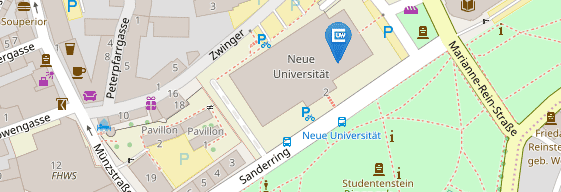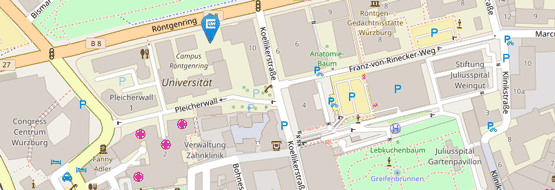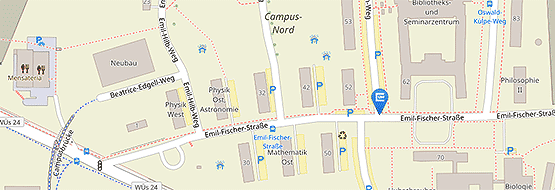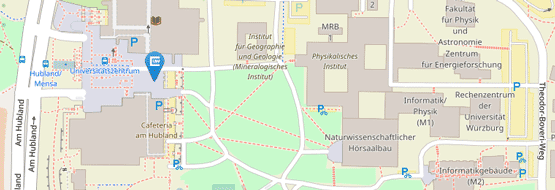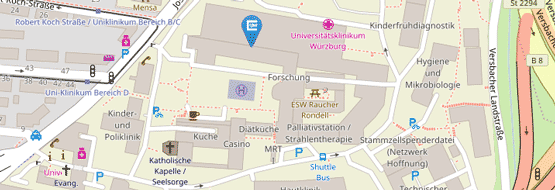Würzburg Japan Researcher Travels into the Digital Age
09/30/2025Researchers from Tokyo were guests at the University Archives: they have digitised all sources relating to the Würzburg doctor and Japan researcher Philipp Franz von Siebold.
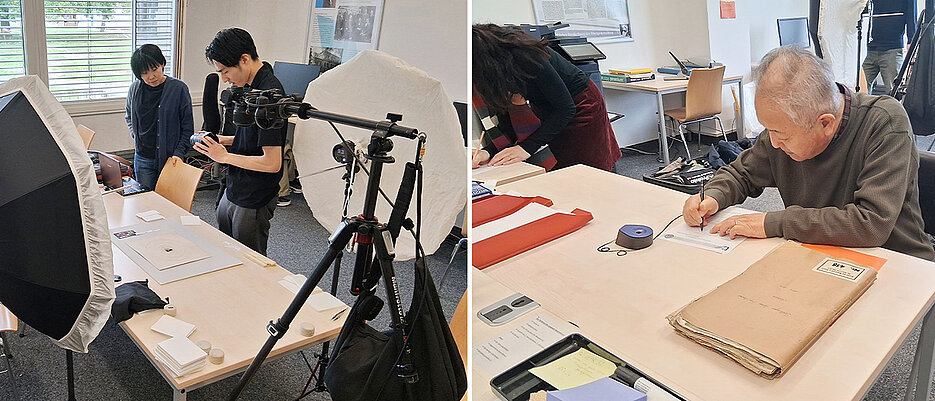
Philipp Franz von Siebold (1796-1866) was a Würzburg doctor, Japan and nature researcher, ethnologist, botanist and collector. He spent several years of his life in Japan, from 1823 to 1829 and from 1859 to 1862, which was anything but a matter of course, as Japan strictly sealed itself off from foreigners at the time.
Siebold is therefore one of the most important contemporary witnesses who were able to experience Japan in the late Edo period first-hand. He is regarded as the founder of international Japan research and is still well-known and highly honoured in Japan today. In Würzburg, the Siebold Museum, a memorial nearby the university on Sanderring and the Siebold College of the JMU commemorate the city's famous son.
Medical Studies at the University of Würzburg
Before dedicating himself to the East Asian country, Siebold studied medicine at the University of Würzburg from 1815. The documents relating to his studies from this time have been preserved in the university archives. He passed his medical examination in 1820 and graduated as a doctor of medicine, surgery and the art of childbirth. Before his first visit to Japan, he worked as a doctor in private practice in Heidingsfeld.
His stays in Japan had a particular influence on his Japanese students, to whom he modelled a wide range of research activities. However, Siebold's passion for collecting and meticulous documentation also left behind a number of artefacts in Germany, which are now scattered throughout the country.
Tokyo National Museum Plans Siebold Database
A research group from the Japanese National Museum in Tokyo (TNM) is currently travelling through Germany in Siebold's footsteps. Project leader Professor Kaori Hidaka and her team want to digitise all sources relating to the famous Japanese researcher and make them accessible to the public.
The project should be completed by 2027. At the end of the project, a museum database will go online with high-quality detailed images, digital copies and a comprehensive indexing, description and documentation of all sources on Siebold that can be found by then. Future researchers on Japan and Siebold will then no longer have to travel to depots, museums and archives.
Where Siebold Sources Are Kept
The team has already spent a day at the Würzburg University Archives in late summer 2025. Siebold's student days are documented here.
Letters and parts of his private estate can be found in the archives at Brandenstein-Zeppelin Castle in the Main-Kinzig district of Hesse. Like the Siebold Museum in Würzburg, a permanent exhibition about the Japan researcher is maintained there. And on the castle grounds, as in the Würzburg Botanical Garden, several plant species introduced to Europe from Japan by Siebold can be found.
Parts of the estate were sold to the Japanese Institute in Berlin via Siebold's granddaughter Erika von Erhardt-Siebold (1890-1964), where they were in turn evacuated during the Second World War and taken to the USA under blanket Nazi suspicion. Once the suspicion had been cleared up, the estate was to be returned. But the Berlin institute no longer existed, and the University of Bochum with its Siebold archive offered itself as a new home.
As Siebold had spent several years of his life in Leiden (Netherlands), written traces of his work have also survived there. Munich can also boast further exhibits. Two years before his death, the Würzburg doctor opened a small museum there to display parts of his collection.
Weblinks
Siebold Museum Würzburg https://siebold-museum.byseum.de/
Würzburg University Archives


